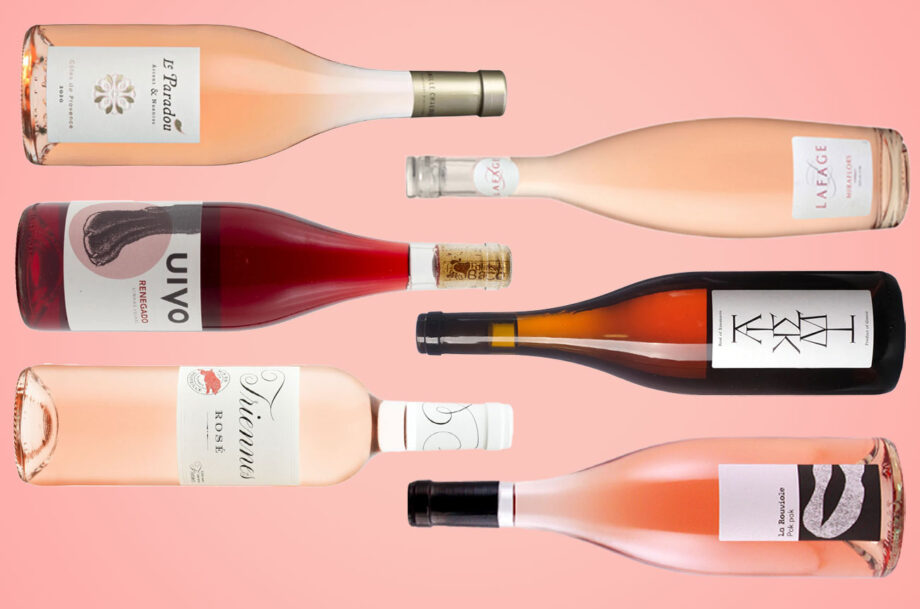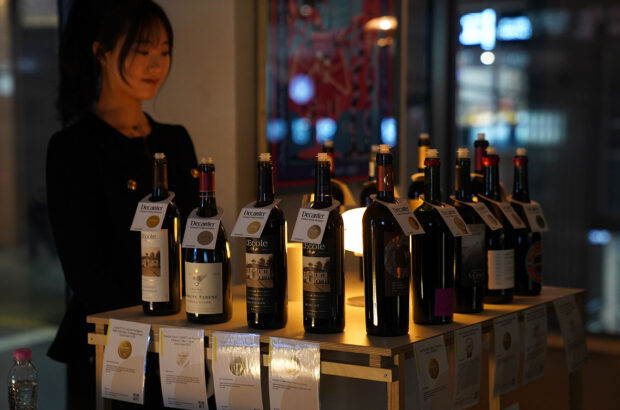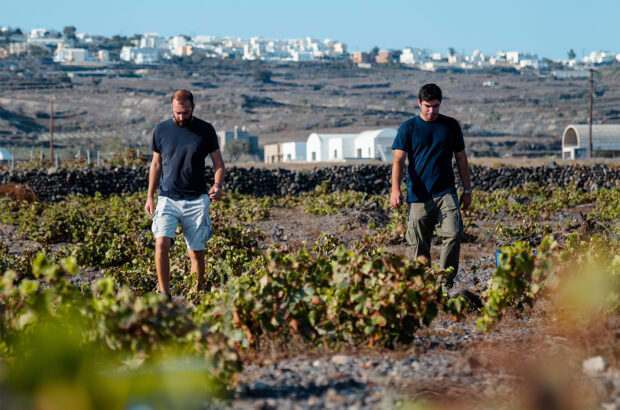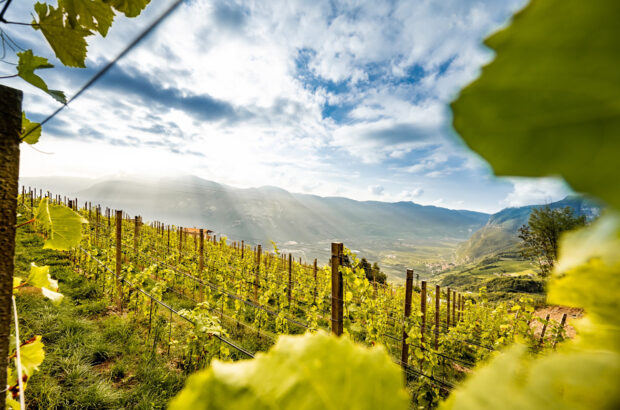Although rosé can of course be sipped at any time of year, the shelves are currently groaning under pink bottles of varying styles.
There’s a time and a place for both the pale salmon and the deep fuschia, and everything in between.
Scroll down for 20 great rosé wines under £25
The wines below are all priced under £25, but if you have a bit more to spend, I was impressed by this Sancerre rosé from Domaine Claude Riffault and this Corsican rosé from Clos Canarelli.
If you’re looking for rosé to really impress, both are real showstoppers and nudge just over £30.
All the wines below are available from a range of independent merchants, as well as supermarkets such as M&S, Waitrose, Sainsbury’s and Tesco.
Le Grappin’s rosé ‘bagnum’ (magnum in a bag) is hard to beat for quality, price and quantity. Easy to transport, great value, easy to chill and just delicious, this is quite literally the perfect product for a camping trip, a seaside jaunt, a picnic, a dinner with friends or a night in.
How is rosé wine made?
There are three main methods of making rosé wine: direct press, short maceration (including saignée), and blending.
With direct press, red grapes are picked, put into a press and crushed gently. The grape skins remain in contact with the juice until the desired level of pink is achieved.
Sometimes a small proportion of white grapes can be co-pressed and co-fermented with the red grapes, which can increase acidity and freshness. This is allowed in appellations such as Côtes de Provence.
Alternatively, red grape skins can be macerated in their juice for a short period before pressing and fermentation – the longer the maceration period, the darker the colour of the rosé.
The saignée method typically involves bleeding a proportion of pink-tinged juice out of a tank destined to make red wine. The juice has been in contact with the grape skins for a short amount of time, and is therefore pale pink in colour.
Often the remaining wine in the tank will go on to be made into red wine, but on other occasions the saignée method is used with the express intention of making rosé.
Decanter‘s rosé expert Elizabeth Gabay MW says: ‘Producers are now choosing to make these wines separately from the red wines, harvesting earlier to maintain freshness.’ As a result, these wines ‘have both full-bodied freshness and darker colour’.
Some basic rosés use a small amount of red wine blended into a white wine. Most EU appellations do not permit this method, with rosé Champagne being the notable exception.








